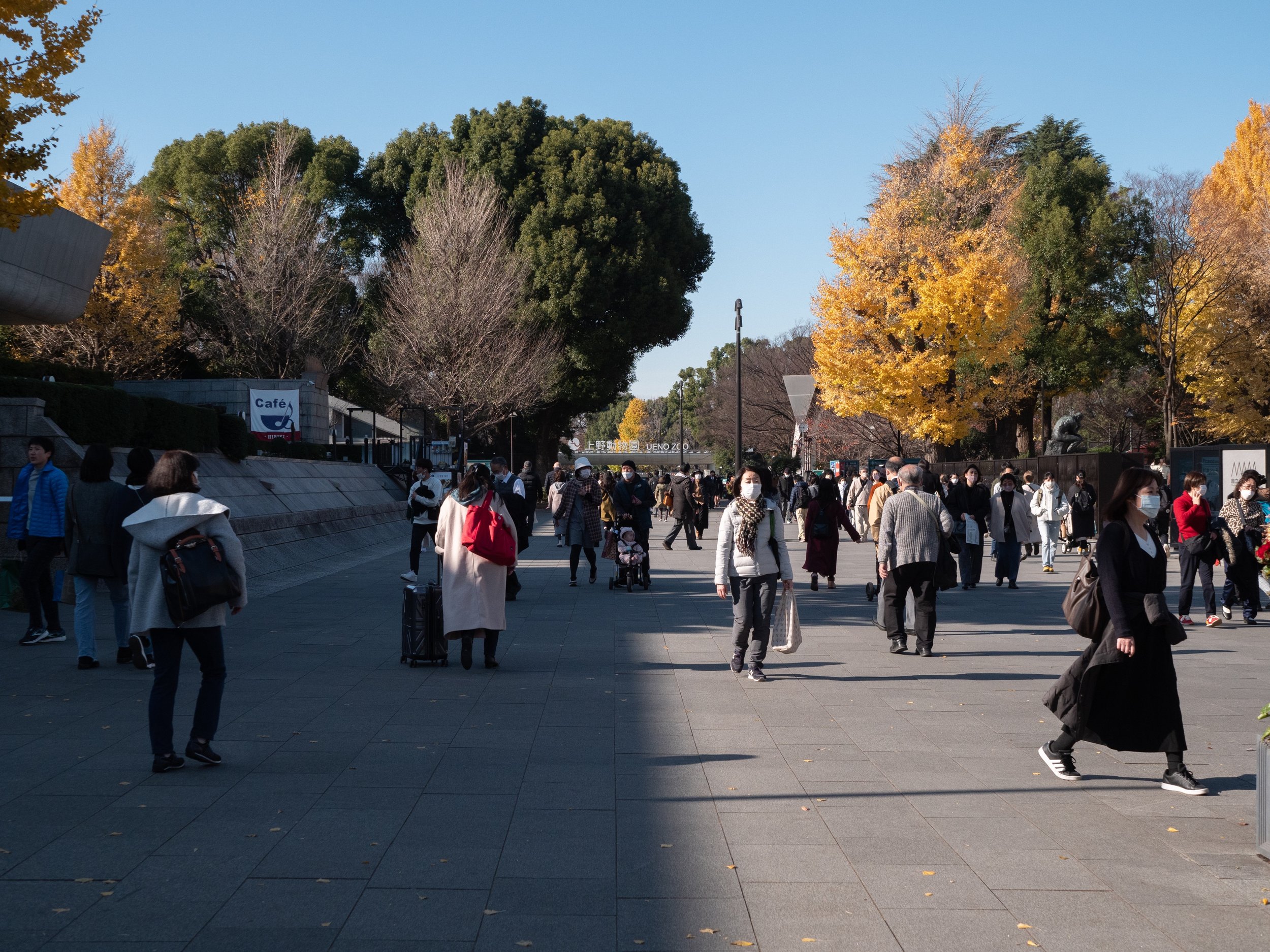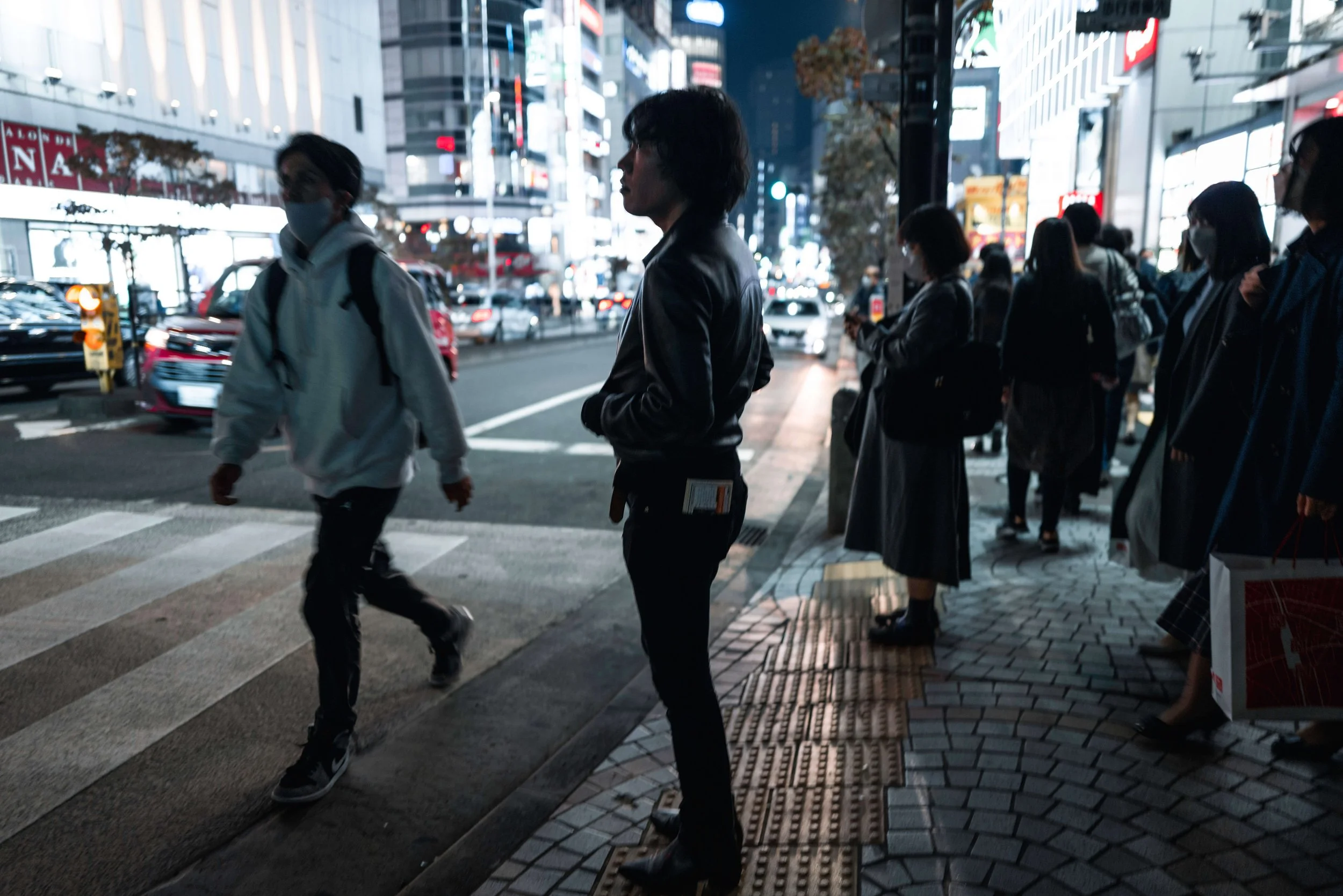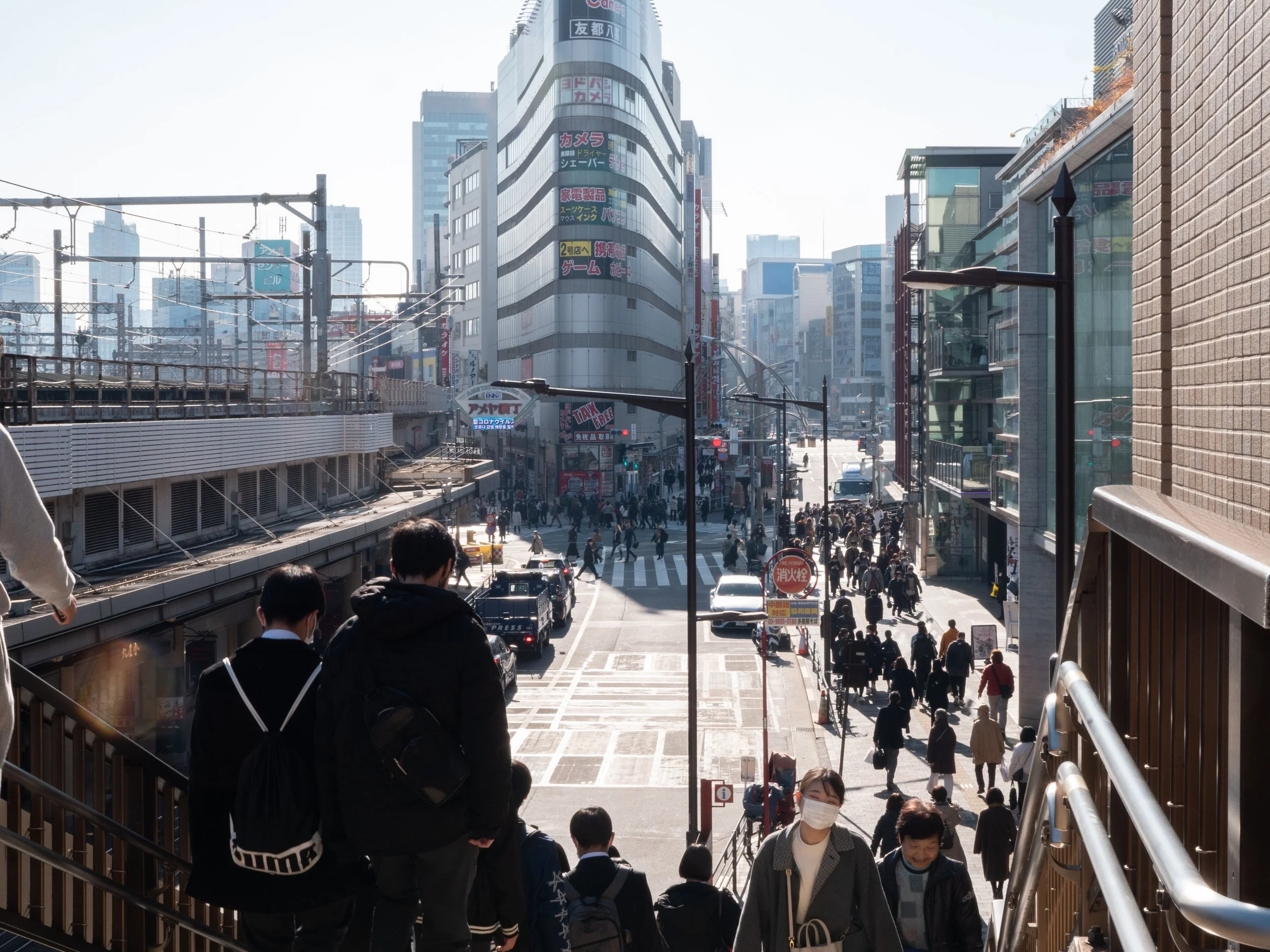Ueno Park is a historic park in Tokyo, among the oldest and most famous in Japan. It is located in the Ueno area of the same name, north of Tokyo. Within it are numerous museums and temples, as well as the Zoo. In addition, this park is very famous for Hanami, or cherry blossom. Inside there are more than 8,000 trees of various types (including Ginko biloba, Zelkova, Plum and more than 1,000 Japanese Cherry trees) and the Shinobazu Pond, a lake of about 16 hectares covered mostly with Lotus blossoms (the beauty of which in August, at flowering time, is spectacular); in the center of the lake is a small octagonal temple, Bentendo, dedicated to Benten (goddess of luck, wealth and knowledge).
Other temples within the park include.
Kaneiji Temple. This, in the Edo period, was one of the richest and largest temples in the city; it was later almost completely destroyed during the Boshin War of 1868, in fact now only a few structures remain scattered in a few corners of the park.
Kiyomizu Kannon Temple. Built in 1631 as an extension of Kaneiji Temple, it was inspired by the more famous Kiyomizudera in Kyoto. It features a very large balcony directly overlooking the park, and its interior houses an image of Kosodate Kannon, the goddess of fertility.
Toshogu Shrine. Also very old, built circa 1616, it is dedicated to the founder of the Tokugawa shogunate. Inspired by the temples of Nikko, it has withstood the various changes in the city and is now considered a National Treasure. Inside is a very beautiful botanical garden, open in January, February, April and May.
Ueno Park is also famous because it is home to several museums, namely, the National Museum of Tokyo (Japan's oldest and largest museum with the nation's largest collection of national treasures and cultural objects), the National Museum of Science (a museum dedicated to science and natural history that collects many skeletons of dinosaurs and various animals, some mammoth, and a variety of robotics and physics experiences), the Tokyo Metropolitan Art Museum (consisting of six galleries, it does not have a permanent collection, but various collections that change over time), and the National Museum of Western Art (a museum displaying works of Western, mostly European, art).
Adjacent to the park is Ueno Station, one of Tokyo's main railway hubs. Here we find the Ginza and Hibiya lines of the Tokyo Metro, the Yamanote line of the JR, and various JR lines again including the Shinkansen lines.
History
Ueno Park was born on the land that belonged to Kan'ei-ji Temple, north of Edo Castle. In 1868 most of the buildings that made up the temple were destroyed during the Boshin War. Following this, the area became, in part, the property of the city of Tokyo. Finally in 1924, the park was completely donated by Emperor Taisho to the city and took the official name "Ueno Onshi Kōen," or "Ueno Imperial Gift Park."
Map, how to get there
Address : Uenokōen, Taitō-ku, Tokyo
Bibliography, sources and references
The Rough Guide to Tokyo
By Jan Dodd, Simon Richmond · 2001
https://www.google.com/books/edition/The_Rough_Guide_to_Tokyo/alKrRjsAYfEC?hl=en&gbpv=0
Book Giorgio + Koharu - Japan Tour
14 days of Japanese experiences with native japanese guide
Places to visit: the futuristic Tokyo, traditional Japan Kyoto, natural and wild Hokkaido and Okinawa paradise islands.
Food and drinking experiences: Ramen, Soba, Sushi, Isakaya drinking bar, Karaoke
Traditional Japanese experiences: Shodo Japanese calligraphy, Ikebana flower lesson, fortune telling.
Explore Japanese destinations
JAPAN
Tokyo
National Museum of Western Art
Transports
Suggestions:
Cherry Blossoms - Sakura Hanami
HOKKAIDO
OTHER PLACES:
OKINAWA












